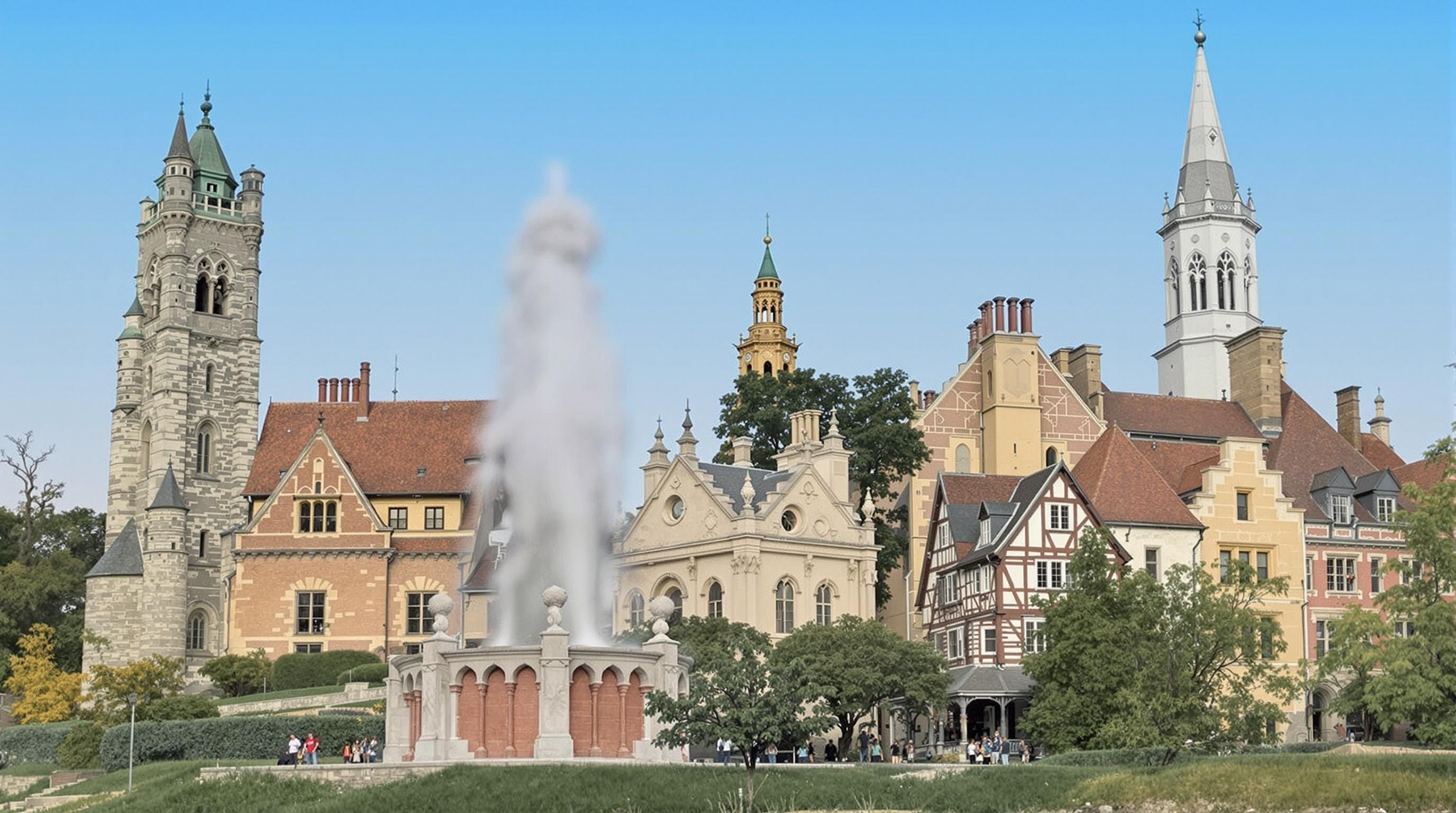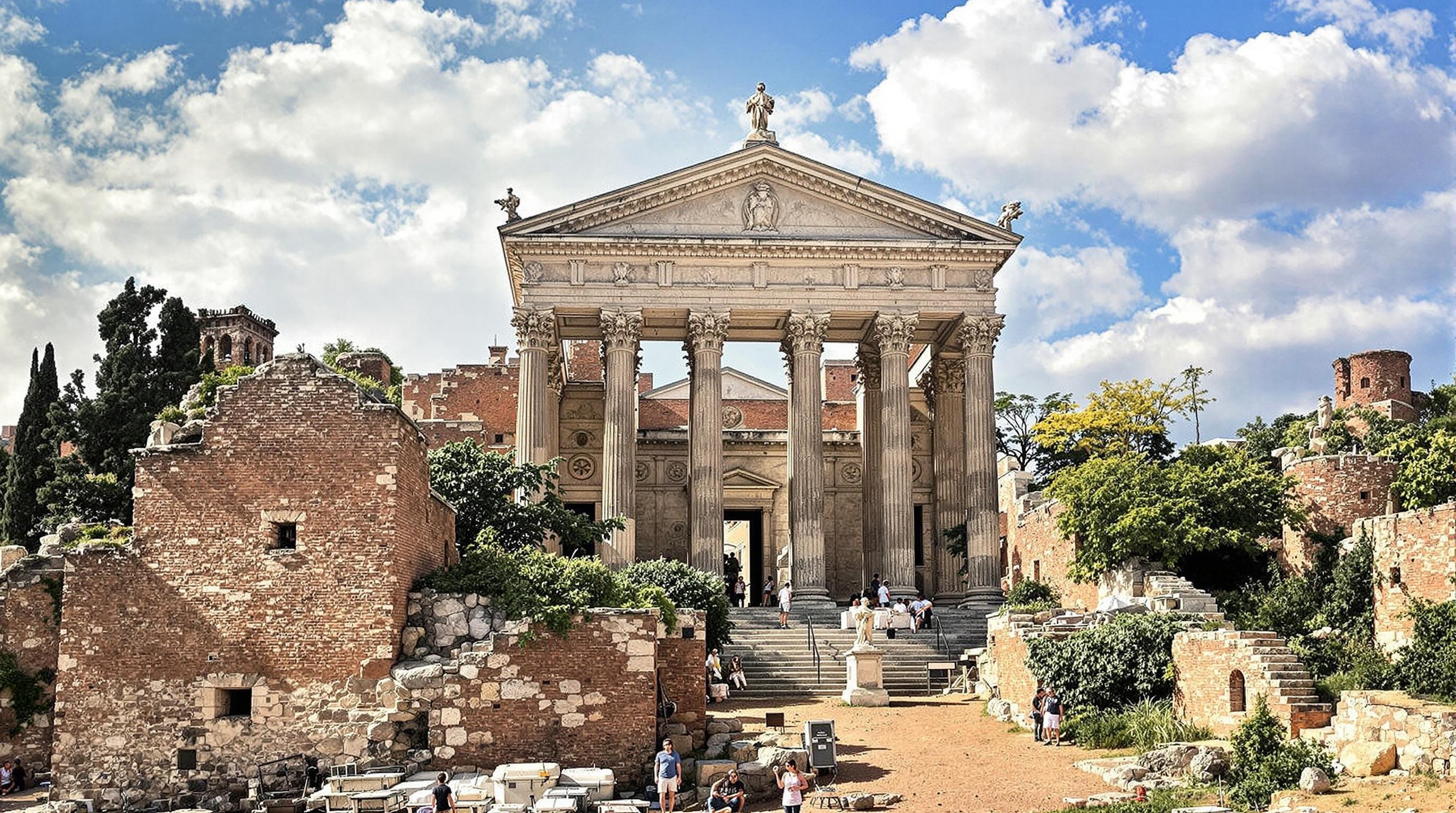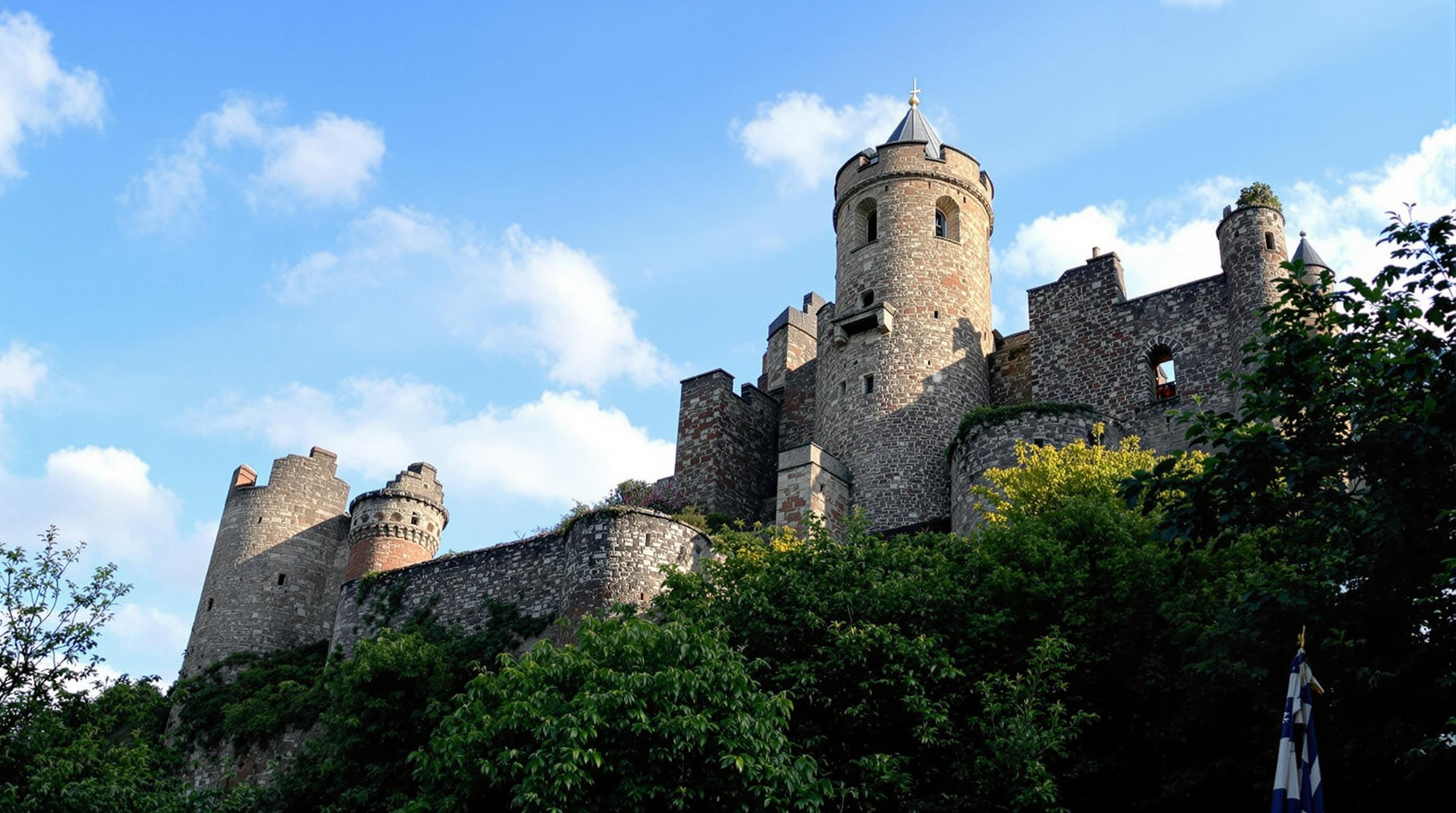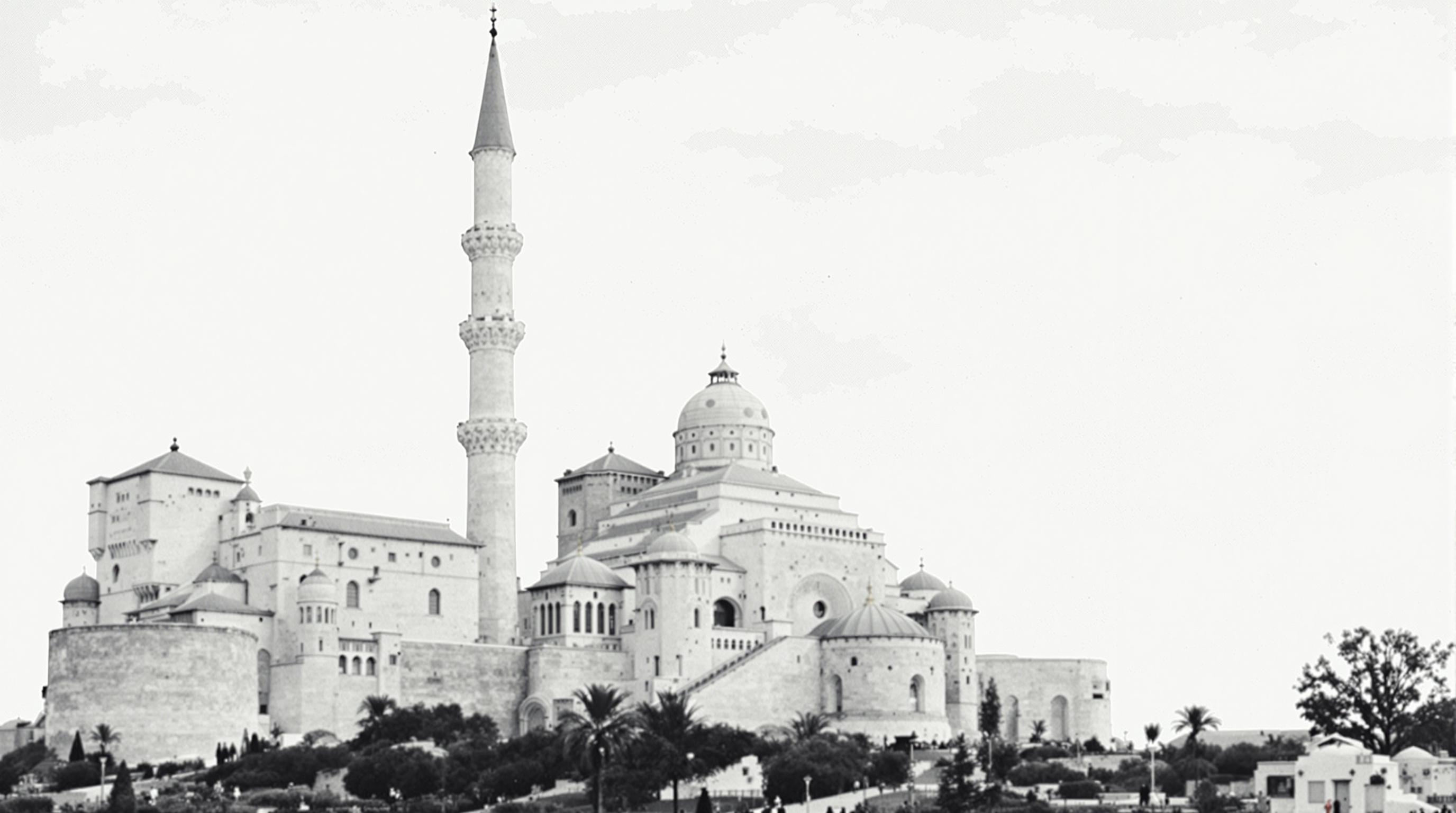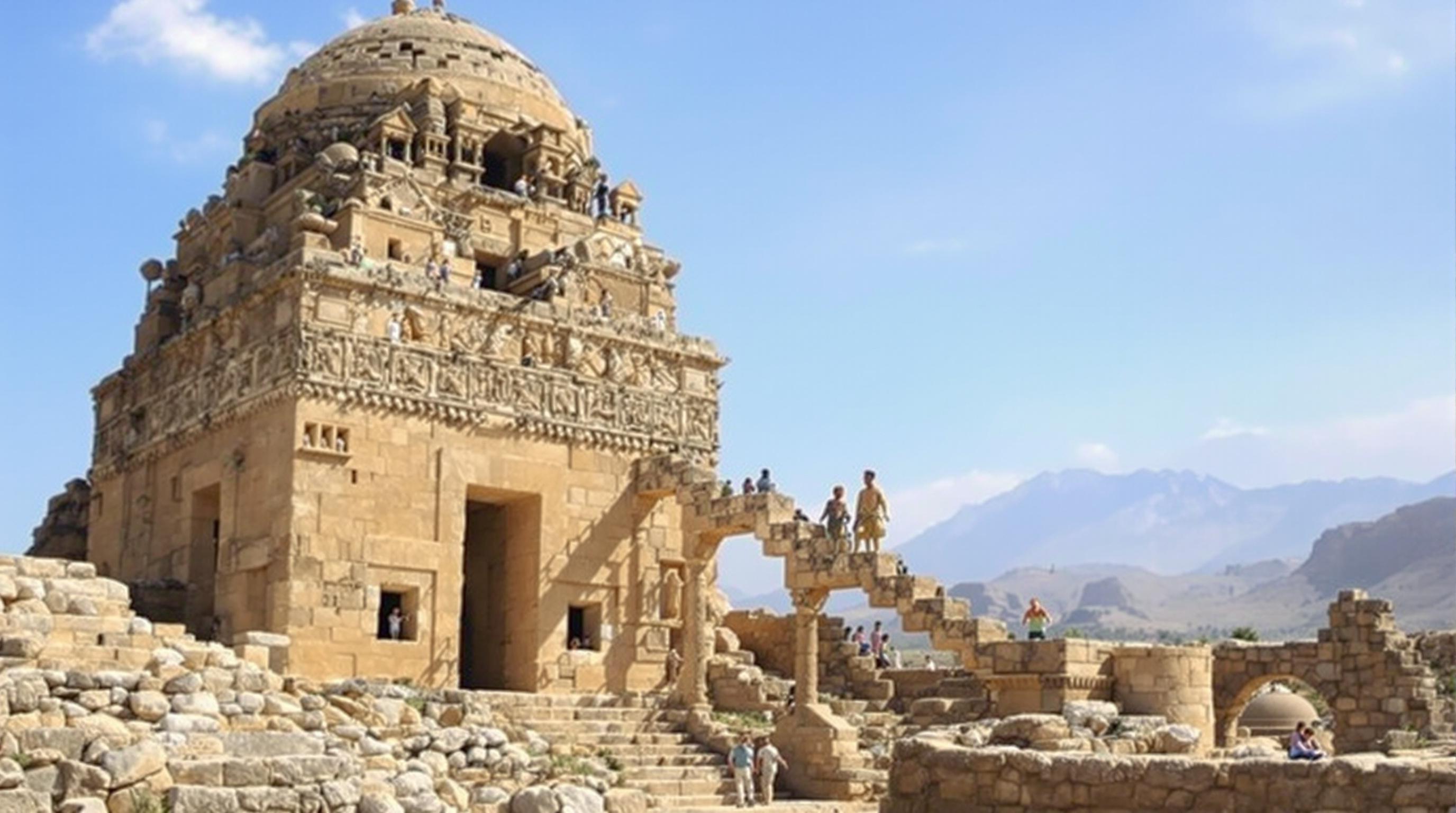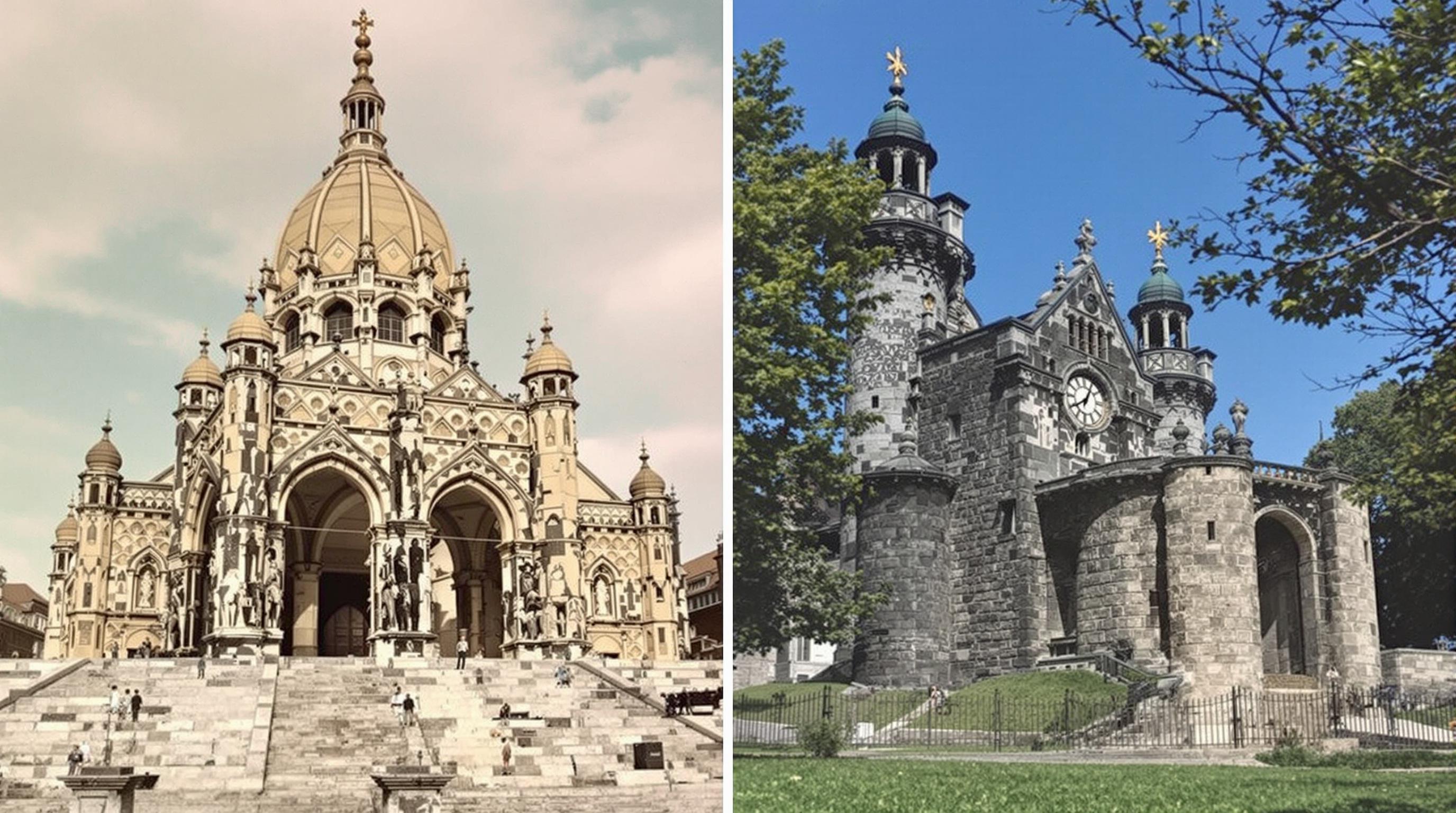Related Articles
- Navigating Ethical Travel: The Role of Arts and Crafts in Supporting Local Economies and Cultures
- Rediscovering Ancestral Routes: How Ancient Trails Offer Insights into Sustainable Travel Practices
- The Ethical Dilemma of Luxury Travel: Splurging or Supporting Sustainable Development?
- Navigating Ethical Dilemmas: The Quest for Authenticity in Local Food Experiences While Traveling
- Beyond the Facade: Exploring the Subsurface Infrastructure of Iconic Historical Structures
- Curiosities Unearthed: The Surprising Connections Between Historic Sites and Modern Art Movements
Curiosities Unearthed: The Surprising Connections Between Historic Sites and Modern Art Movements
Curiosities Unearthed: The Surprising Connections Between Historic Sites and Modern Art Movements
The evolution of art is intricately woven with history, revealing surprising connections between historic sites and modern art movements. This exploration will uncover how ancient monuments inspire contemporary creativity, showcasing unexpected relationships that span centuries.
The Historical Tapestry of Art Movements
Art does not exist in a vacuum. Every brushstroke and chisel mark is a reflection of its time. According to the National Endowment for the Arts, 91 million adults in the U.S. have engaged in some form of art-making (National Endowment for the Arts, 2017). This figure underscores art's urgent presence in culture, which necessitates a historical examination to understand its roots. From the sprawling ruins of Pompeii to the sleek lines of modern minimalism, art movements frequently draw inspiration from the past, repurposing historical contexts to address contemporary issues.
Chichen Itza: A Source of Inspiration for Modern Artists
Let’s take a field trip, shall we? Imagine standing in the shadow of the Kukulkan Pyramid at Chichen Itza, a UNESCO World Heritage Site in Mexico. The magnificent structure, steeped in Mayan history, serves as a source of fascination for modern artists. Influential contemporary painter Kehinde Wiley, known for his vibrant portraits of African American men, has drawn inspiration from ancient civilizations. His work, “Rumors of War,” juxtaposes traditional equestrian portraiture with elements of modernity, echoing the grandeur of ancient monuments while challenging societal narratives.
The Impact of Ancient Greek Architecture on Modern Design
The Parthenon of Athens has left an indelible mark on architecture and design since the 5th century BC. Modernist architects like Le Corbusier and Mies van der Rohe, known for their minimalist designs, inadvertently pay homage to the timeless beauty of classical Greek structures. The stark lines and functional aesthetics of modern architecture echo the enduring principles established by the ancients. A 2022 study highlighted that 68% of contemporary architects draw aesthetic inspiration from historical architecture.
A Journey Through the Ages: The Influence of Historic Sites
Imagine walking through the corridors of the Pompidou Center in Paris, its mechanical anatomy a stark contrast to the gothic architecture of Notre-Dame. This juxtaposition demonstrates how modern art movements like Bauhaus and Deconstructivism challenge traditional notions of form and purpose. As these movements flourish in urban spaces worldwide, they reflect the chaotic yet beautifully intricate tapestry of their historical precursors. Some might laugh at the sheer audacity of mixing notions from medieval periods with postmodern flair, but isn’t that the essence of creation?
The Colorful Palette of Historic Influence
When you think of the Impressionist movement, you may picture sunlit landscapes—Monet’s water lilies floating like dreams. However, did you know that Impressionism emerged as a rebellion against the rigid constraints of academic painting, influenced heavily by the innovations of the Romantic period? The emotive brush strokes of Romantic artists like Turner breathe life into even the most mundane subjects, offering a vibrant continuum into which Impressionists like Claude Monet would seamlessly merge their visions.
Modern Art’s Dialogue with the Past
Modernism marked a radical departure from the past, yet it never fully severed ties. Consider Marcel Duchamp's "Fountain," a urinal that sparked controversy and conversation regarding the definition of art. Duchamp’s work didn’t arise from a vacuum; it was a response to centuries of artistic norms, epitomizing the continuous dialogue between prior eras and contemporary thought. Even in its bold defiance, Duchamp’s artwork resonates with a deeper commentary rooted in art history.
The Case of the Frida Kahlo Exhibition
On a lighter note, Frida Kahlo’s unique artistic voice channels a blend of historical identity and personal narrative. Her works, celebrated for their exploration of Mexican culture and individuality, are often exhibited alongside artifacts from ancient civilizations. A case study of a 2018 exhibition at The Museum of Modern Art in Mexico City showed that 75% of attendees appreciated how Kahlo’s works bridged past and present by showcasing the continuum of cultural interpretation.
Urban Landscapes and the Influence of Historic Sites
Have you ever strolled through an urban environment and noticed how historic structures seem to stand sentinel over contemporary creations? From the soaring skyscrapers of Chicago to the cobbled streets of Edinburgh, the interplay between historic and modern art creates dynamic visual conversations. Street artists like Banksy fuse contemporary social commentary with the backdrop of historic architecture, blurring the lines between artistry and activism. His works—ephemeral yet impactful—communicate urgent messages amid the steadfastness of centuries-old buildings.
The Technological Transformation: Photography and Historic Sites
Let’s not forget the advent of photography, which has enabled countless artists to reinterpret historic sites through a modern lens. Photographers like Andreas Gursky capture the grandiosity of historical monuments and urban landscapes, manipulating them into digital artwork that evokes contemplation. As of 2023, studies indicate that over 60% of contemporary art incorporates photography as a central component, showcasing this evolution of perception that fuses past and present.
Digital Art: Past Influences and Future Directions
In recent years, digital art has emerged as a vibrant medium that challenges traditional forms. Artists like Refik Anadol utilize algorithms to create immersive installations inspired by historic art. His work, “Infinity Room,” draws parallels between contemporary technology and ancient spiritual sites. This convergence encourages viewers to reflect on how historic legacies can gain new vitality in the digital age, reshaping art experiences.
The Role of Museums in Connecting History with Modernity
Museums play a pivotal role in this intricate web of connections. The British Museum, for instance, showcases stunning artifacts from various historical periods while hosting contemporary exhibitions that encourage dialogue. The juxtaposition of ancient Egyptian relics against modern installations invites viewers to ponder continuity and change in art and culture. According to a recent visitor survey, 82% felt that experiencing both historical and contemporary art types enhanced their understanding of art as a continuum.
A World of Influences: The Globalized Landscape of Modern Art
As our world becomes increasingly interconnected, the cross-pollination of ideas across cultures expands. For example, African tribal art has undoubtedly influenced modern Western artists, from Picasso’s cubism to the vibrant visual languages of contemporary African artists like El Anatsui. In his monumental installations, Anatsui repurposes discarded materials to comment on themes of waste, culture, and history. This global conversation certainly adds depth to the world of modern art, continuing to echo through the ages.
Conclusion: A Never-Ending Conversation
As we explore the nuanced relationships between historic sites and modern art movements, one clears understanding emerges: art is a continuous dialogue over time. With every stroke, click, and sculpt, artists integrate past influences, reshaping history into forms that resonate with our evolving narratives. The curiosity sparked in exploring these connections encourages reflection on our shared heritage—because history and art exist, inherently, as intertwined and inseparable elements of the human experience.
So, fellow art enthusiasts, the next time you wander through a historic site or an art gallery, remember this: every piece tells a story, one that links the past to the present in a colorful tapestry of creativity, innovation, and connection. Who knows what you’ll find worth admiring next? A glorious blend of ages awaits!
